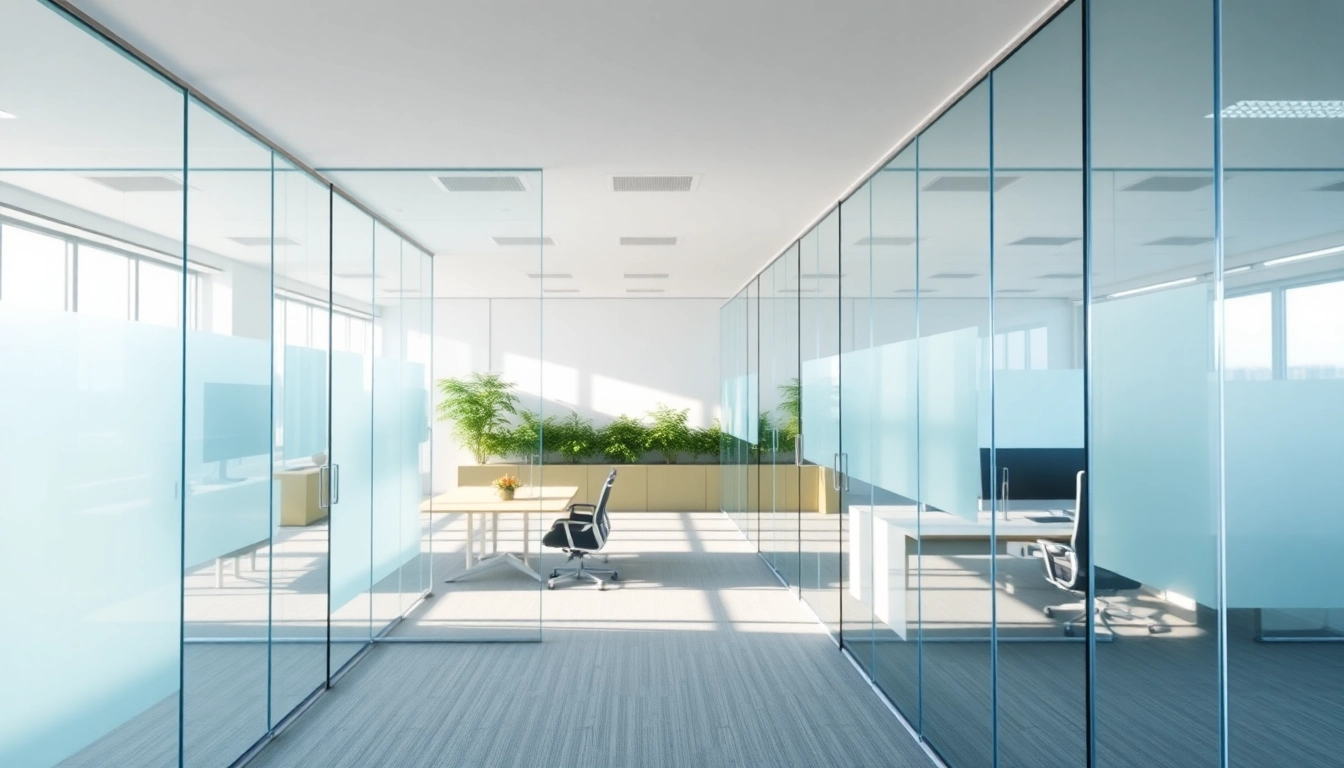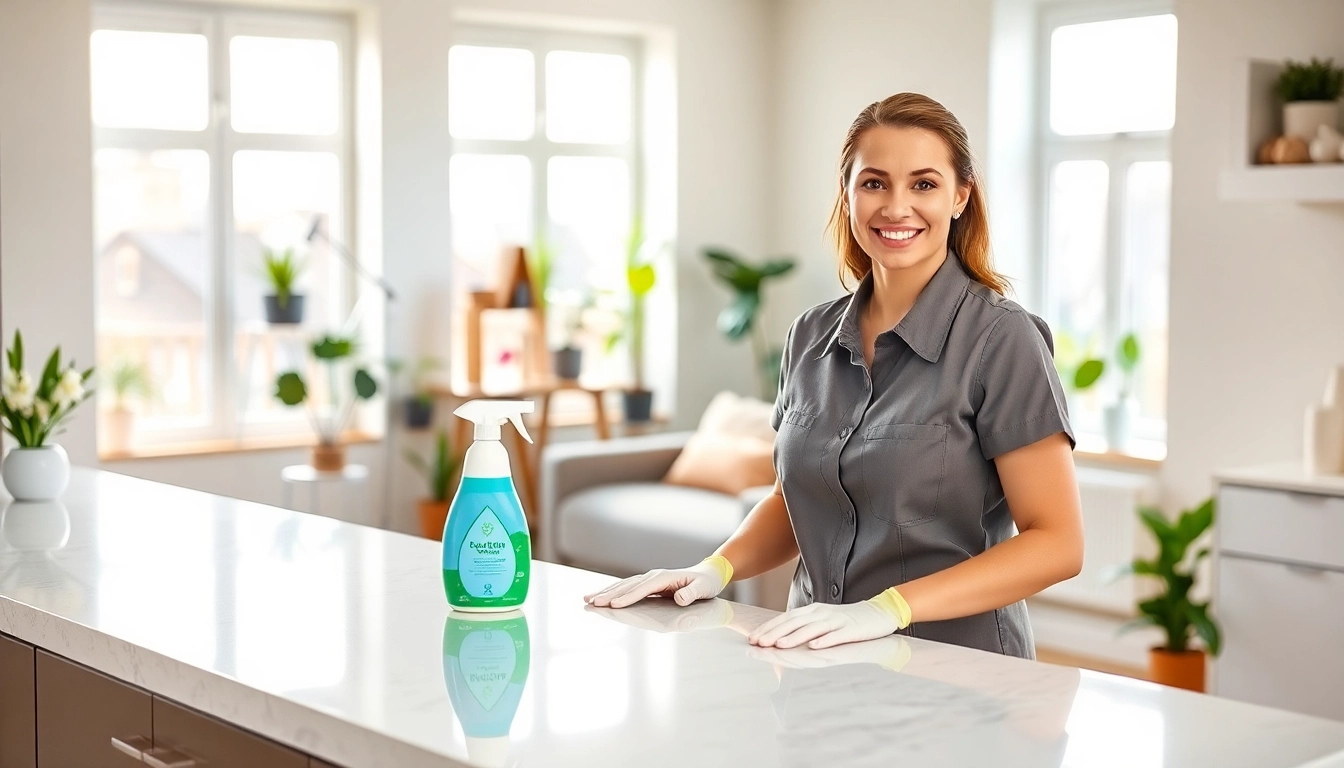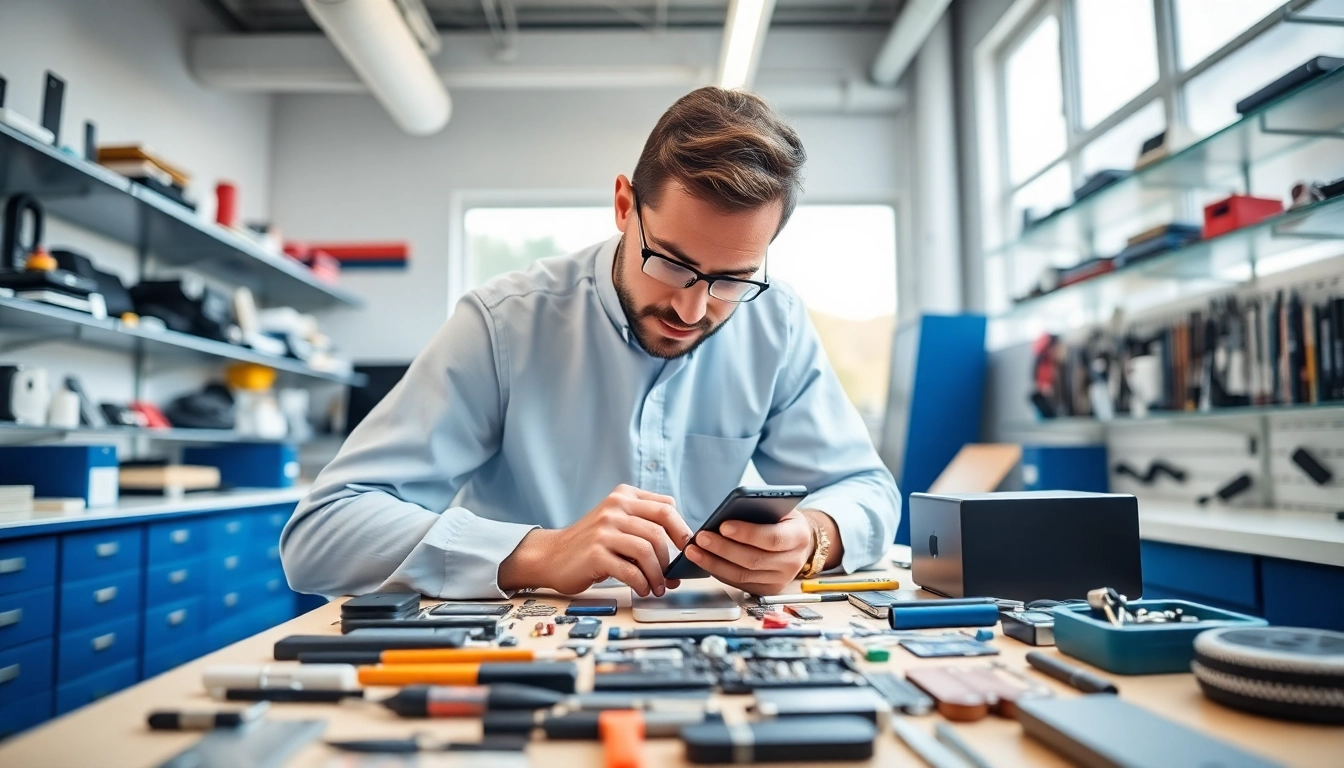Introduction to Movable Glass Partitions
In an era where flexibility and aesthetics are paramount in architectural design, movable glass partitions represent a groundbreaking solution for dynamic spaces. These partitions not only enhance the functionality and adaptability of a given area but also contribute to aesthetic appeal through their transparent and often elegant designs. The following sections will delve into the various aspects of movable glass partitions, including their definitions, benefits, applications, types, installation considerations, sound management, and future trends.
What Are Movable Glass Partitions?
Movable glass partitions are versatile interior structures that can be repositioned or reconfigured to alter the functionality of a space. They typically consist of large glass panels that are either fixed or can move and pivot, allowing the user to create temporary walls or dividers without compromising the flow of light or the openness of an area. These partitions can be designed as framed or frameless structures, incorporating different types of glass, including clear, frosted, or tinted options.
Benefits of Using Movable Glass Partitions
- Flexibility: Easily shift and adapt spaces for different functions, making them ideal for offices, conference rooms, and event spaces.
- Natural Light: Glass partitions allow maximum daylight penetration, promoting a cheerful ambiance compared to traditional walls.
- Sound Control: Designed with acoustic properties to dampen noise levels, enhancing privacy within open areas.
- Enhanced Aesthetics: Sleek designs that complement modern interiors, reinforcing brand identity and professional aesthetics.
- Sustainability: Often feature energy-efficient glass, contributing to green building initiatives when paired with suitable frames.
Applications in Various Settings
Movable glass partitions find extensive use across various industries and settings. Offices utilize them to create collaborative workspaces that can easily adapt to team formations and project needs. Retail environments leverage glass partitions to craft immersive shopping experiences while maintaining visibility. In hospitality settings like hotels or conference centers, these partitions facilitate quick room reconfigurations for events. Educational institutions also benefit from flexible classroom layouts that encourage interactive learning.
Types of Movable Glass Partitions
Understanding the different types of movable glass partitions is crucial when selecting the right solution for a specific environment. The choice depends on aesthetic preferences, the intended use of the space, and budget considerations.
Frameless vs. Framed Designs
Frameless designs offer a minimalist appearance, providing an unobstructed view through the glass, which is excellent for promoting an open and airy environment. They are typically constructed with tempered glass and can be easily integrated into modern architecture.
Framed designs, on the other hand, enhance the structural integrity of the partition and allow for greater configuration options. They can include full framing that supports sliding mechanisms or folding capabilities. The visual look can range from traditional to contemporary, depending on frame materials and colors.
Operable and Sliding Systems
Movable glass partitions can either be operable or sliding systems. Operable systems typically consist of panels that can extend or retract, providing rapid transformation of a space’s configuration. On the other hand, sliding systems use tracks to allow the panels to glide open or closed, which is more space-efficient and can be easier to operate in busy environments.
Panel Materials and Options
While most movable glass partitions are crafted from high-quality tempered glass for durability and safety, there are variations in finish and functionality. Options such as laminated glass can enhance safety by preventing shattering, while frosted or tinted glass provides privacy without sacrificing natural light. Additionally, reflective coatings can minimize heat gain, contributing to energy efficiency.
Installation and Maintenance Considerations
Proper installation and maintenance are key to ensuring the functionality and longevity of movable glass partitions. A comprehensive understanding of pre-installation planning, installation best practices, and routine maintenance will guide end-users in maximizing their investment.
Pre-Installation Planning
Before installation, thorough planning is required to measure the available space accurately and assess structural requirements. This includes evaluating ceiling heights, floor strength, and existing utilities. Engaging with architects or design professionals can yield insights on how movable glass partitions can integrate within the broader context of the building’s layout.
Best Practices for Installation
Installation should be conducted by experienced professionals well-versed in glass partition systems. Ensuring precise alignment and securing appropriate structural supports is critical to avoid complications related to panels shifting or failing. It is also essential to verify operational mechanisms—mechanical parts must function smoothly to facilitate effective use.
Regular Maintenance Tips
Regular maintenance can prolong the life of movable glass partitions. Cleaning glass panels with non-abrasive materials not only improves visual clarity but prevents etching and discoloration. Inspecting and lubricating moving parts regularly ensures systems remain operational without unnecessary wear. It’s beneficial to keep the manufacturer’s installation and maintenance guidelines accessible for reference.
Sound Control and Privacy Features
One of the standout features of movable glass partitions is their ability to provide not just light, but also sound control and privacy. Understanding how to measure sound transmission and the practical options available will allow users to enhance workspace functionality.
Understanding STC Ratings
STC, or Sound Transmission Class, is a rating that measures the sound attenuation of partition systems. The higher the STC rating, the better the partition’s ability to isolate sound. Movable glass partitions can be engineered to achieve STC ratings commonly ranging from 40 to over 50—ideal for maintaining productivity in professional environments.
Privacy Glass Options
For scenarios where discretion is necessary, privacy glass options, such as frosted or switchable glass, can be incorporated. Switchable glass allows users to control transparency through a simple switch, transitioning from clear to opaque as needed. This technology is beneficial for conference rooms or counseling spaces where confidentiality is paramount.
Balancing Openness and Acoustics
While openness encourages collaboration, a careful balance must be struck to control noise and enhance privacy. Design considerations should include strategic placement of partitions, integration of acoustic ceilings and floor treatments, and the use of sound-absorbing materials where possible, to achieve an optimal work environment.
Future Trends in Movable Glass Partitions
As demand for adaptable workspaces continues to grow, several future trends are emerging in the realm of movable glass partitions that are reshaping the way spaces are designed and used.
Innovations in Glass Technology
Recent advances in glass technology have considerably improved the performance and usability of movable glass partitions. Innovations such as self-cleaning coatings, increased thermal insulation properties, and enhanced shatter resistance are becoming commonplace. Moreover, the integration of smart glass that changes light transmission properties based on environmental cues is on the horizon.
Sustainable Practices in Manufacturing
With environmental consciousness at the forefront of construction and design, sustainable manufacturing practices are vital. The future holds a promise of more recycled materials in glass partition production, energy-efficient manufacturing processes, and products designed for longevity and reusability. This aligns with the growing emphasis on green building certifications and energy efficiency within architecture.
Design Integration with Smart Office Solutions
The integration of movable glass partitions with smart office technologies is set to redefine workspace experiences. Automated systems that adjust partitions based on occupancy data, combined with technologies like interactive displays embedded in glass, pave the way for a seamlessly integrated office environment tailored to modern workflows.
Conclusion
Movable glass partitions are not merely versatile architectural features; they are instrumental in modernizing the workspace while promoting flexibility, elegance, and functionality. As the demand for adaptive spaces increases, staying informed on the various types, installation practices, and future innovations becomes crucial for architects, interior designers, and business owners alike. By thoughtfully incorporating these systems into their building designs, they can ensure spaces are not only usable but truly reflective of contemporary needs.



